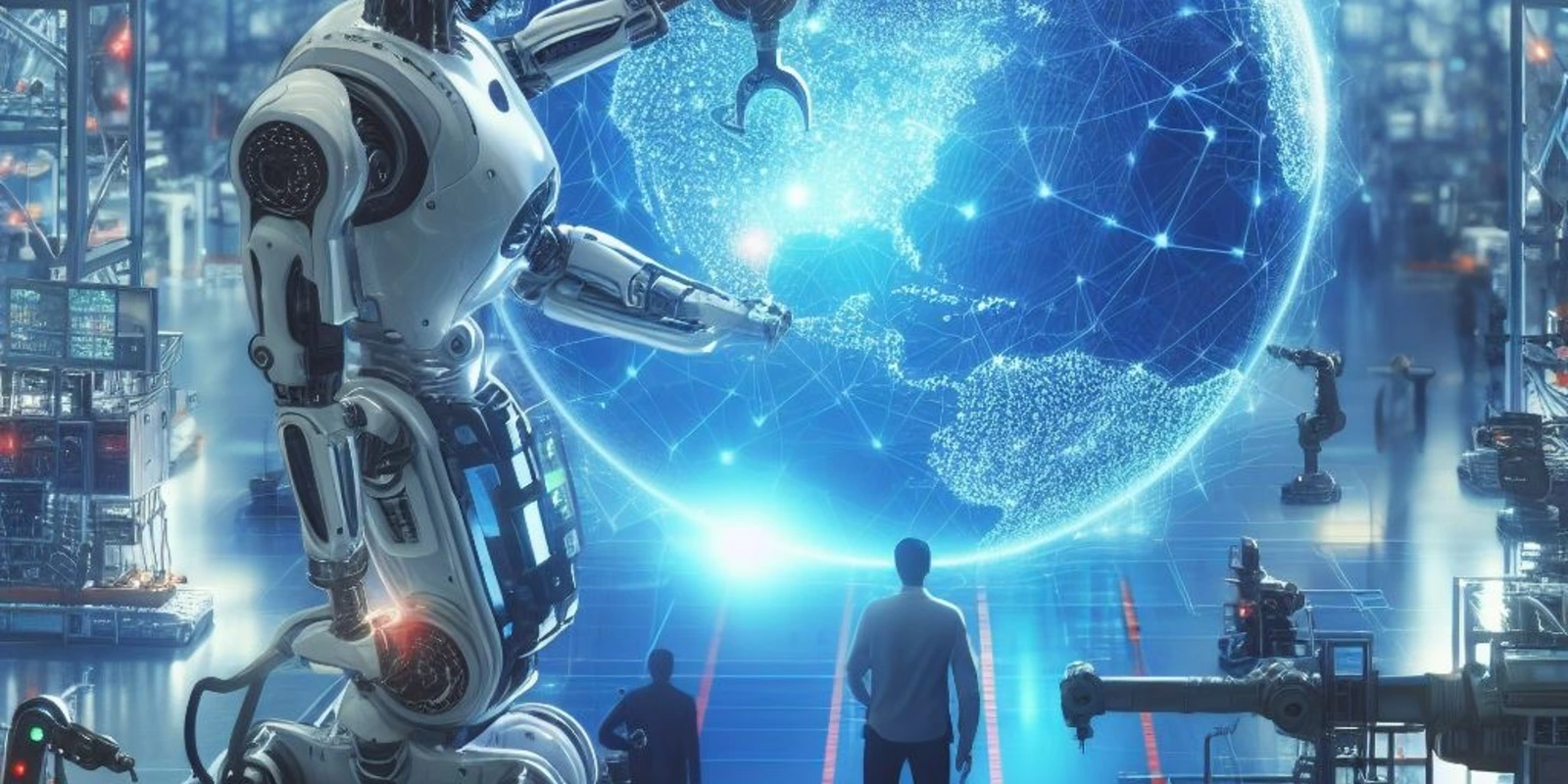
Augmenting Global Manufacturing with Advanced Robotics

The integration of advanced robotics into global manufacturing is not just an innovation but a revolution, transforming how industries operate and compete on the world stage. This article delves into the impact of robotics on manufacturing processes, highlighting how they enhance efficiency, precision, and innovation.
At the forefront of this revolution is the adoption of robotic automation in production lines. These advanced machines have transcended traditional capabilities, offering unmatched speed, accuracy, and consistency. For instance, in the automotive industry, robotic arms perform tasks from welding to assembly with precision, significantly reducing errors and increasing production rates.
Another breakthrough in manufacturing robotics is the emergence of collaborative robots, or 'cobots'. Designed to work alongside humans, cobots are flexible, easy to program, and safe for interactive tasks. They augment human labor, taking over repetitive, mundane tasks, and allowing workers to focus on more complex aspects of production.
The integration of Artificial Intelligence (AI) with robotics has opened up new possibilities in manufacturing. AI-enabled robots can learn, adapt, and make decisions based on data. This capability is pivotal in industries where customization and precision are key. For example, AI-powered robots in electronics manufacturing can adapt to assemble different types of devices, allowing for flexible production lines.
Robotics is also making significant inroads in hazardous and challenging environments. In sectors like mining and chemical manufacturing, robots perform dangerous tasks, ensuring worker safety and enhancing operational efficiency. Remote-controlled and autonomous robots can work in hazardous conditions, reducing the risk of accidents and increasing operational hours.
One of the most innovative applications of robotics in manufacturing is in quality control. Automated inspection systems, equipped with sensors and cameras, perform meticulous inspections of products. This technology not only speeds up the quality control process but also provides a higher degree of accuracy than manual inspections.
Despite these advancements, challenges remain in fully integrating robotics into manufacturing. These include the high cost of implementation, the need for skilled personnel to operate and maintain robotic systems, and the potential impact on employment. However, the long-term benefits, such as improved efficiency, lower production costs, and enhanced product quality, are driving more industries to embrace robotic technology.
In conclusion, the use of advanced robotics in manufacturing is reshaping the global industrial landscape. As these technologies continue to evolve, they promise to bring even greater levels of efficiency, safety, and innovation to manufacturing processes, solidifying their role as a cornerstone of modern industrial operations.







Your insights and experiences enrich our community. Dive into the discussion and share your thoughts with us below!